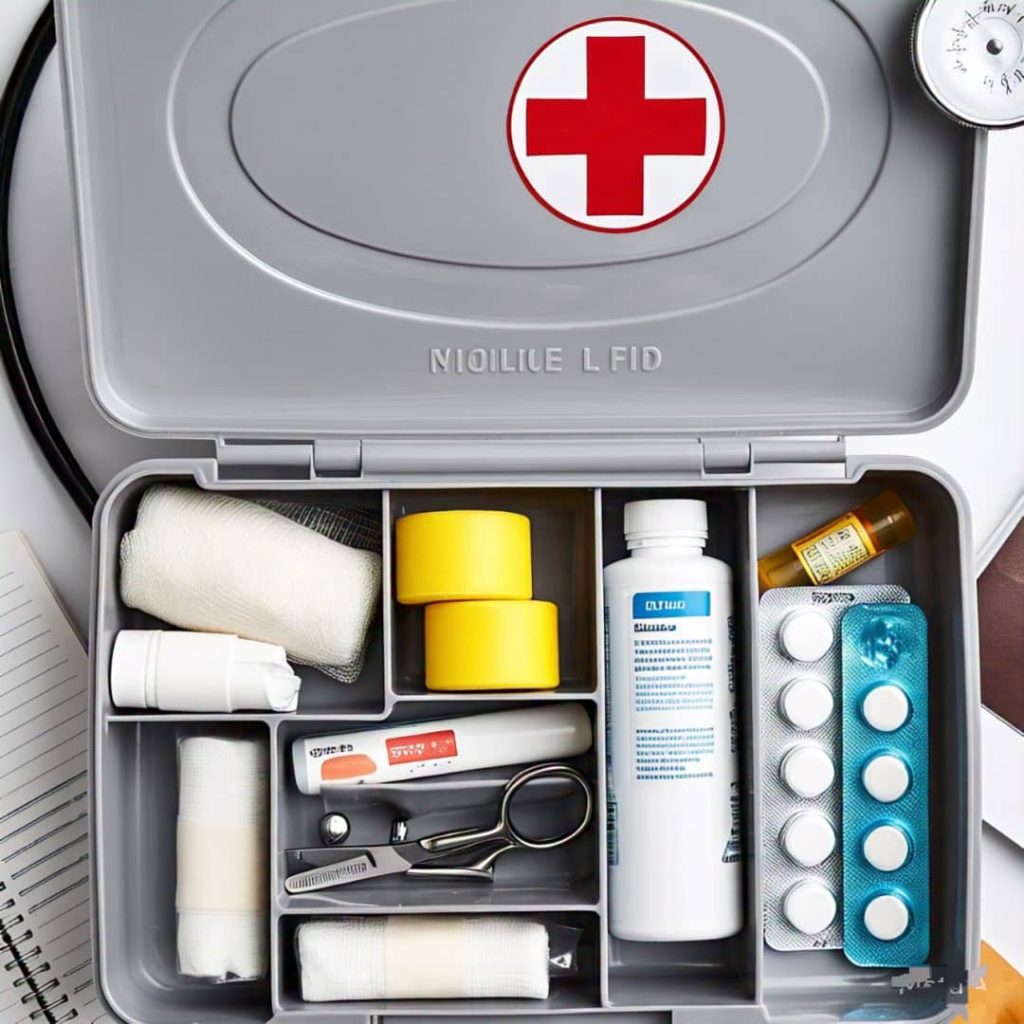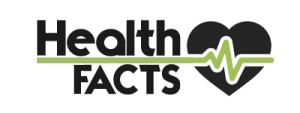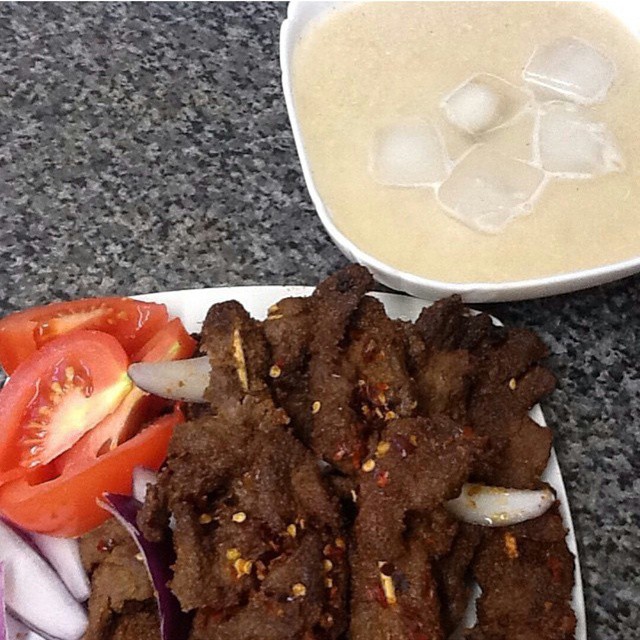According to Merriam Webster dictionary, first aid is an emergency care or treatment given to an ill or injured person before regular medical aid can be obtained. For every household, building a family-friendly first-aid kit is important as it helps deal with minor accidents and injuries before they become more serious. Here is an ultimate guide to establishing a family first-aid kit.
Identify Your Needs

Before you build your kit, look at the following:
- Family Size and Age: Consider how many people are in the household, their ages, and any relevant medical problems.
- Lifestyle: Think of your everyday activities, hobbies, and work situation to establish your potential risks.
- Location: Consider how far from a medical facility you might be, as well as the types of emergencies you may encounter.
Essential items
Here are the must-have items for a family essential first aid kit:
A. Wound care
- Bandages: A variety of kinds and sizes, including fabric and waterproof ones.
- Gauze Pads: For cleaning and dressing wounds.
- Rolled Gauze: It is primarily used for wrapping injuries and securing dressings.
- Antiseptic Wipes: It is used for cleaning wounds. An example of this is Savlon and Dettol antiseptic wipes.
- Antibiotic Ointments: used to prevent Infection.
B. Pain Relief and Other Medications
- Analgesics: They are used to relieve pain, headaches and reduce inflammation. Examples: Paracetamol ,Diclofenac rub and Ibuprofen
- Antipyretics: Used to reduce fever. Examples: Paracetamol and Ibuprofen.
- Antihistamines: They are used to treat allergies and allergy-related symptoms. An example is Chlorpheniramine (Piriton).
- Antacids: Used to relieve heartburn, peptic ulcer and indigestion. An example is Omeprazole (Losec or Prilosec).
C. Other Vital Items
- Gloves: You can use either latex or polyethylene gloves. They keep you and others safe from bodily fluids that can cause infection
- Triangular Bandages: for making slings, splints, and securing dressings.
- Burn Gel: Used in minor burns treatment.
- Cold Compress: To reduce swelling and pain.
- Tweezers: To remove splinters.
- Trauma Shears: For cutting clothing or bandages.
READ ALSO: First Aid for Burns: What You Need to Know
Organizing Your Kit
To gain quick access and visibility, do the following:
- Use tough, water-resistant containers with compartments.
- Label each category and item clearly.
- Group items by category, for example, wound care and medications categories.
- Keep a list of contents and maintain it such that updates are always available.
Maintenance and Customization
- Periodically review and update your kit to make it current and effective.
- Train your family members on basic first aid skills and use of the kit.
Conclusion
Accidents can happen unexpectedly, but being prepared can make all the difference. So, having a well-stocked first aid kit on hand enables you to respond promptly and effectively to minor emergencies.
Remember to subscribe to our newsletter for more helpful tips.









